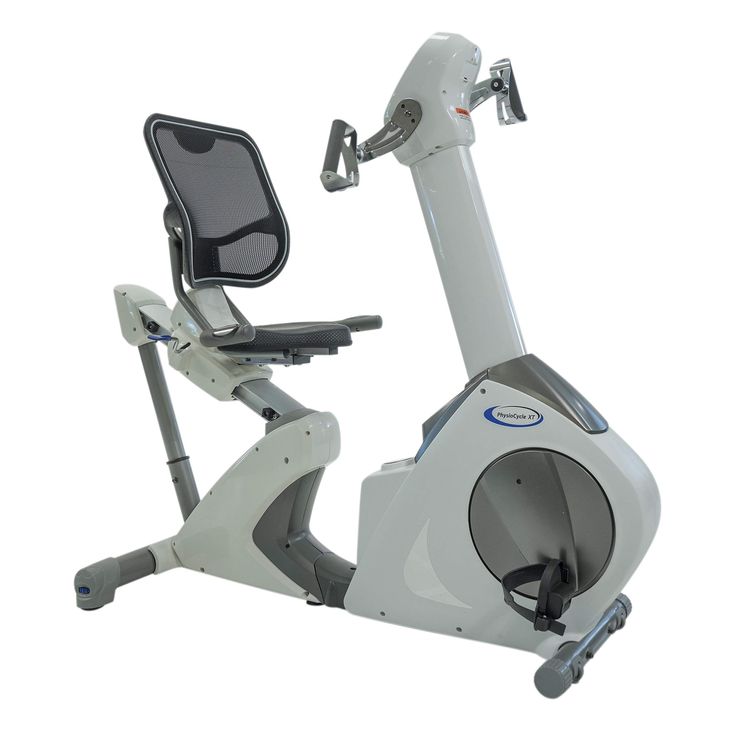Benefits of Low Aerobic Exercise
Physical Health Improvements
Low aerobic exercise strengthens the heart and lungs. It improves circulation and lowers blood pressure. Regular practice can also help manage weight and reduce body fat. Muscle strength and endurance often see a boost as well.
Mental Well-being Enhancements
Engaging in low aerobic exercise can be a stress reliever. It releases endorphins, which are natural mood lifters. Plus, it can boost self-esteem and reduce anxiety. Consistent low aerobic activity can lead to better sleep patterns too.
Longevity and Reduced Risk of Chronic Diseases
Low aerobic exercise has long-term benefits. It can lengthen lifespan by reducing risks for diseases like diabetes, heart disease, and stroke. It also plays a role in preventing osteoporosis and certain cancers. By supporting overall health, it paves the way for a more active and fulfilling life as we age.

Understanding Low Aerobic Exercise
When we talk about physical fitness, understanding the different types of exercise is key. Low aerobic exercise is a cornerstone of sustainable fitness regimes for people at all levels.
Defining Low Aerobic Exercise
Low aerobic exercise, often known as low-intensity steady-state (LISS) cardio, involves long-duration activities performed at a low to moderate intensity. In essence, it’s any aerobic activity that can be sustained over time without leading to exhaustion. This means working at approximately 40-60% of your maximum heart rate. Think of it as a comfortable pace at which you can carry on a conversation. Examples include brisk walking, leisurely cycling, and gentle swimming. These activities increase heart rate and respiration, prompting improved cardiovascular health and endurance without the high impact of more intense sessions.
How Low Aerobic Exercise Differs from High Intensity Workouts
Unlike high intensity interval training (HIIT), which alternates between short bursts of intense activity and periods of rest, low aerobic exercise maintains a consistent pace throughout. This consistent level of effort doesn’t push you to the brink of your physical limits. Instead, it optimizes fat burning and enhances physical endurance with less risk of injury. High intensity workouts, while effective for building strength and stamina quickly, can be tough on the body and aren’t always suitable for everyone, especially those new to exercise or with certain health conditions. Low aerobic exercise is a gentle alternative that still offers significant health benefits, like heart health maintenance and improved mood, without the high-stress impact on the body.
Best Low Aerobic Exercises to Get Started
Embarking on a journey to better health through low aerobic exercise is simple and accessible. Here are four excellent options to consider as you begin:
Walking
Walking is a natural, easy, and effective form of low aerobic exercise. It requires no special equipment, just a pair of comfortable shoes. Start with leisurely strolls and gradually increase your pace and distance. Walking can fit into any daily schedule, be it during lunch breaks or evening family walks.
Swimming
Swimming serves as a full-body workout that’s gentle on the joints. Whether you’re doing laps or partaking in water aerobics, the resistance of water makes your muscles work harder. This boosts cardiovascular fitness while minimizing strain.
Cycling
Cycling can be enjoyed indoors on a stationary bike or outdoors on a trail. It’s excellent for building leg strength and endurance. Additionally, cycling supports joint mobility and can be as laid-back or vigorous as you prefer.
Yoga
Yoga combines physical postures with breath control and meditation, promoting flexibility and calm. It’s a low-impact exercise that still strengthens your body. Plus, it helps in stress reduction, enhancing mental well-being alongside physical health.
Kickstart your journey with these gentle exercises. Remember to tailor the intensity and duration to your current fitness level for safety and gradual improvement.

How to Incorporate Low Aerobic Exercise into Your Daily Routine
Incorporating low aerobic exercise into your daily routine need not be complicated. Here’s how you can make it an integral part of your life.
Setting Realistic Goals
Start by setting achievable fitness goals. Be specific about what you want to accomplish. Maybe you aim to walk 30 minutes each day, or swim twice a week. Make sure these goals match your current fitness level and schedule. Gradually, you can increase the duration and intensity. Aim for goals that motivate you without becoming overwhelming.
Making it a Habit
Consistency is key for turning low aerobic exercise into a habit. Choose a regular time each day for your workout to make it a part of your routine. You might walk every morning before work, or attend a yoga class every evening. To make it easier, prepare your exercise gear in advance. Linking your workout to a daily activity, like commuting, can also help. For example, cycle to work instead of driving. Making exercise a non-negotiable part of your day is essential to building a lasting habit.
Monitoring Your Progress
To see the full benefits of low aerobic exercise, monitoring your progress is crucial. It’s like having a roadmap to your fitness journey, showing you where you’ve been and where you’re going. Here’s how to keep on top of your journey:
Keeping Track of Exercise Sessions
Start a fitness journal or use an app to log your workouts. Record the type, duration, and intensity of your low aerobic exercise sessions. Note the distance walked or cycled, the time spent swimming, or the number of yoga poses completed. Reviewing this log will help you see the consistency of your efforts and identify patterns.
Embrace the power of checklists. Strike through each completed exercise session. This simple act can boost your motivation. Pace yourself by setting weekly targets and checking them off leads to a sense of accomplishment.
Recognizing Signs of Improvement
Physical signs of progress can be subtle but important. Keep an eye out for increased stamina, such as being able to exercise longer or at a higher intensity without getting as tired. Notice if you’re walking or cycling further in the same amount of time.
Pay attention to how you feel overall. Low aerobic exercise may lead to improved mood and energy levels. Also, look for sleeping pattern changes; better sleep quality is a key sign of physical improvement.
Lastly, celebrate small victories. Whether it’s a longer walk, more laps in the pool, or mastering a new yoga pose, acknowledging these signs of improvement will keep you motivated on your fitness journey.

Overcoming Challenges and Staying Motivated
Maintaining a regular low aerobic exercise routine can face hurdles. Over time, you might hit a plateau, or find it hard to stay motivated. Let’s discuss ways to tackle these challenges.
Dealing with Plateaus
Plateaus happen when you stop seeing progress despite ongoing efforts. This is normal. Here’s how to overcome them:
- Change it up. Try a new low aerobic exercise to stimulate your body in different ways.
- Increase intensity gradually. Add short bursts of speed to your walks or switch to a hilly cycling route.
- Rest and recover. Sometimes, a short break helps your body to reset and improve.
Stay patient and keep track of small achievements. They count towards long-term goals.
Finding Support and Community
Support boosts motivation. Reach out for it in these ways:
- Join groups. Find local exercise groups or online communities centered around low aerobic exercise.
- Partner up. Exercise with a friend who shares similar fitness goals.
- Share goals. Tell family and friends about your exercise plans to gain their support.
A strong support network can encourage you when you’re low and celebrate with you when you succeed.
Nutrition and Low Aerobic Exercise
Engaging in low aerobic exercise is just one part of a healthy lifestyle. Proper nutrition plays a critical role as well. Here, we delve into how a balanced diet and hydration support your low aerobic workout routine.
Importance of a Balanced Diet
A balanced diet fuels your body for low aerobic exercise. Eating a variety of foods provides the energy and nutrients needed for your workouts and recovery. Include plenty of fruits, vegetables, whole grains, lean protein, and healthy fats. For endurance activities like long walks or cycling, your body needs complex carbohydrates to keep your energy levels stable. Protein is vital for muscle repair, especially after exercises like swimming or yoga. Avoiding excess sugars and highly processed foods can improve your performance and overall health.
Regular meals and snacks that align with your exercise routine can enhance your progress. Time your meals to ensure you have enough energy for your activity. A snack before exercising can give you a boost, and eating within a couple of hours after exercise can aid in recovery.
Hydration and Exercise
Staying hydrated is crucial when you perform low aerobic exercise. Water regulates your body temperature, lubricates joints, and helps transport nutrients to give you energy. During exercise, you lose water through sweat, so it’s important to drink water before, during, and after your workouts. The amount you need varies based on factors like intensity, duration, and weather conditions. However, a good rule of thumb is to drink when you feel thirsty and to ensure your urine is light in color, indicating proper hydration.
Remember, when you pair a balanced diet with a consistent low aerobic exercise plan, you create a strong foundation for long-term health and fitness. Keep these nutritional guidelines in mind as you work on your fitness goals.